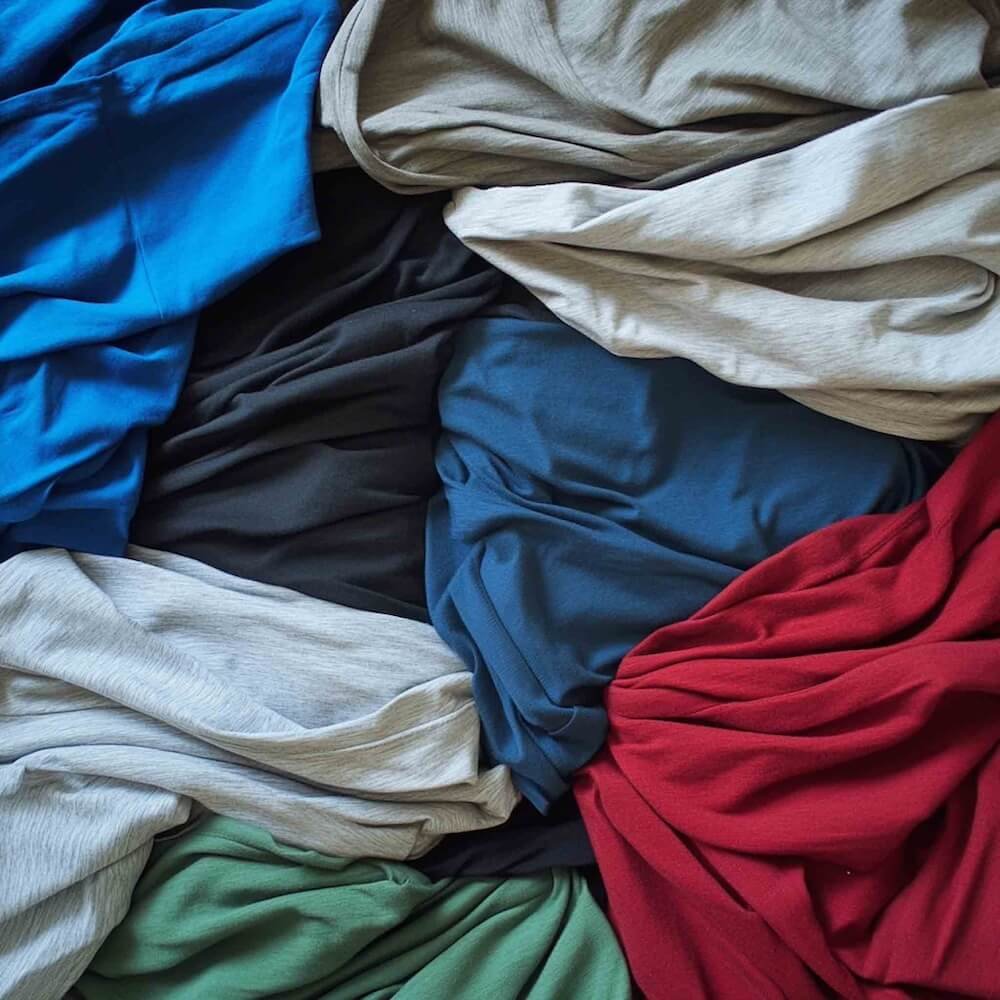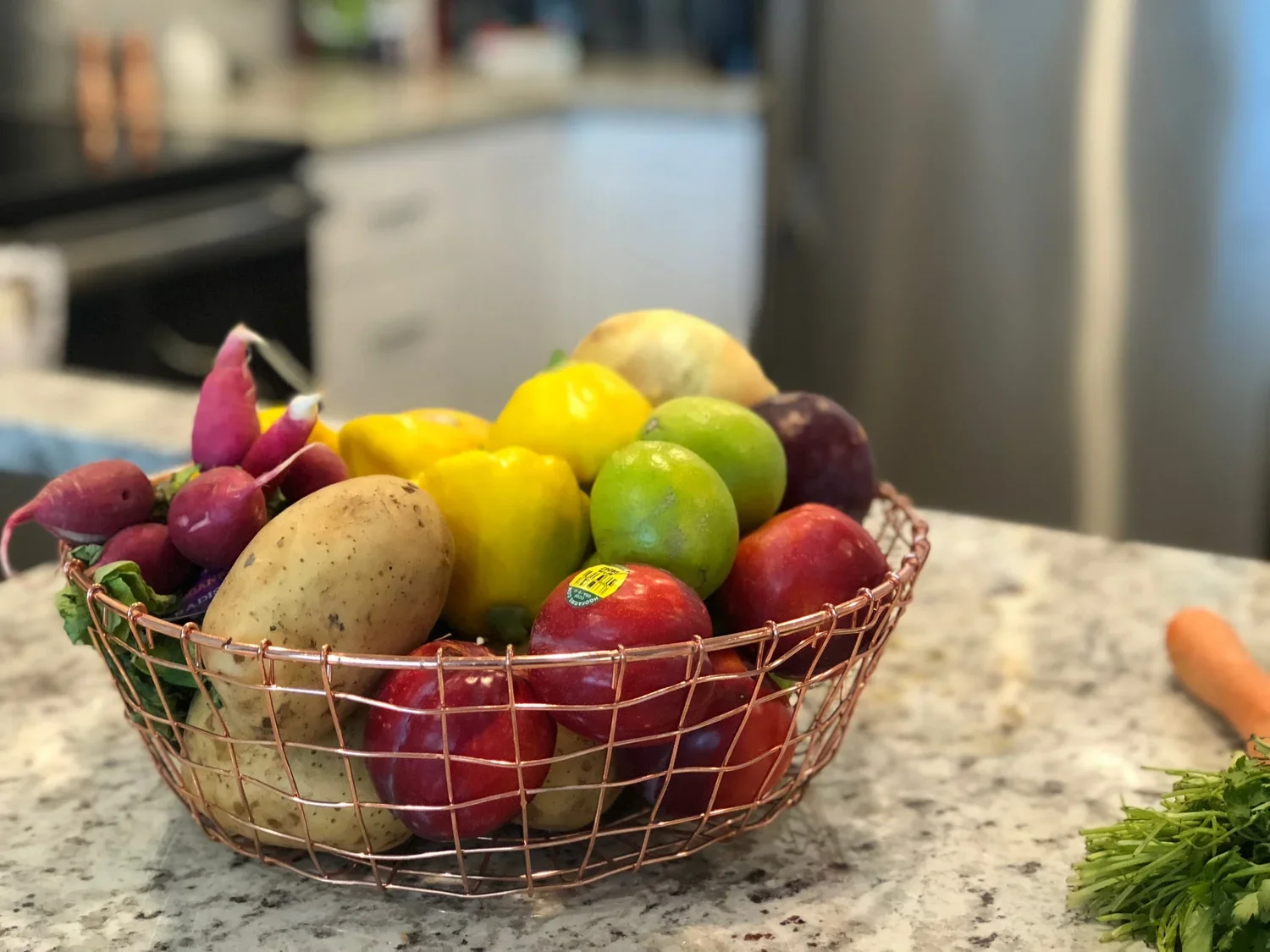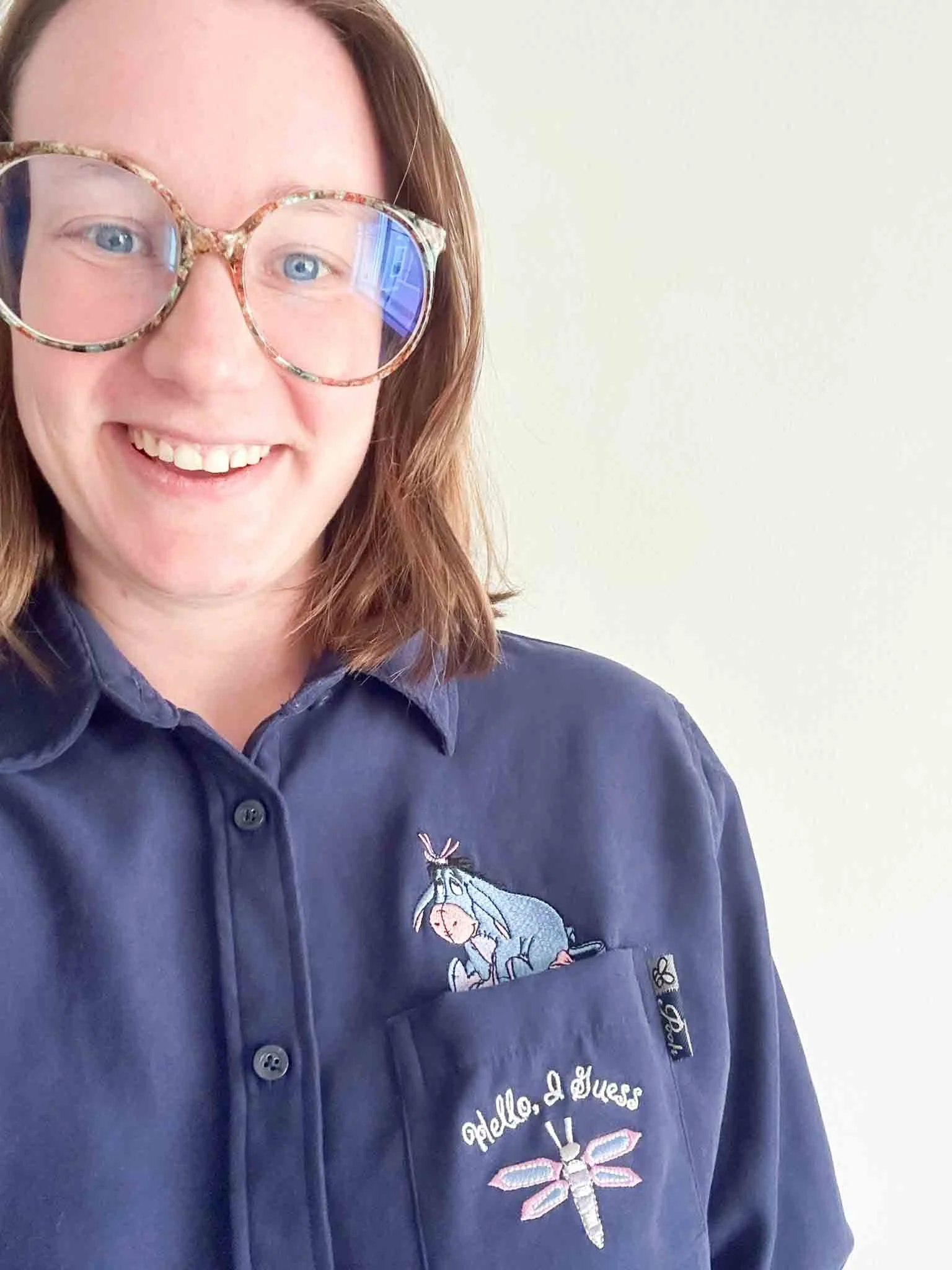What is Textile Recycling? And is it ACTUALLY Sustainable?
When it comes to recycling you may automatically think of plastic bottles and tin cans. What may not come to mind are textiles such as clothing, curtains, and cleaning materials. Discarded textiles significantly contribute to the waste problem.
In 2018, when 17 million tons of textiles were generated, only 2.5 million tons were recycled while 3.2 million tons were incinerated and 11.3 million tons ended up in landfills.
This is not ideal for the environment.
It takes years for natural fibers to decompose in landfills, releasing methane and carbon dioxide into the air. Synthetic fibers take even longer to decompose and leach toxic substances into groundwater and soil.
Textile recycling is a more sustainable option than having unwanted clothing end up in the landfill. But it’s not perfect and it is currently not too accessible! Let’s explore!
What is Textile Recycling?
Textile recycling is converting waste into a material that can be used again; so for example textile recycling would mean converting unwanted clothing into materials that can be reused.
Steps for textile recycling involve textile collection; sorting by quality, type, fabric, and color; and then breaking down these collected pieces for conversion into new or different items.
Textiles collected for recycling are distinguished between pre-consumer and post-consumer items. Pre-consumer items include fabric scraps, post-industrial scraps, and unsold or unused stock.
Post-consumer items consist of used clothing, as well as materials like vehicle and furniture upholstery. Depending on the quality, post-consumer items are downcycled into insulation, mattress stuffing, wet wipes, or cleaning cloths.
Is it sustainable to donate my clothes?
Of course, used clothing does not necessarily need to be converted. Clothing that is still wearable can be sold or donated to be worn again.
It’s an example many are familiar with as we donate clothes to second-hand shops, community projects, or organizations such as Goodwill.
However, second-hand shops are often overwhelmed by donations and donated clothing may end up in landfills anyway.
The True Cost reported that only 10% of the clothes people donate to thrift stores get sold -- the rest end up in landfills or flood markets in developing countries.
Given the swift and regular manner in which people dispose of their clothing, it’s hardly surprising to note that shops, programs, charities, and other organizations usually have strict guidelines, meaning not all clothing is accepted.
In the case of takeback programs, many brands will only take back their own pieces.
Luckily, clothing that cannot be worn again, along with pre-consumer and other post-consumer items, can be converted into yarn to make new items which is why textile recycling is such a great solution.
How is Clothing ACTUALLY Recycled into Yarn or New Pieces?
Natural fabrics are shredded with machines, then combed and carded into fibers. This can be used for stuffing or batting.
If needed for clothing, the fibers are spun into yarn. Synthetics are broken down in a similar manner, but usually involve chemical as opposed to mechanical processing.
Shredded material is melted into plastic pellets and cut into smaller chips, which are melted into a liquid form that is processed into a fiber and then spun into yarn.
All fabrics can be recycled, but it’s important to remember that when recycling textiles, fibers become shorter, meaning the end-product is often not as strong or durable as the original.
Is Textile Recycling Sustainable?
Producing virgin fabrics guzzles fuel, emits greenhouse gases, and utilizes toxic chemicals, all of which pose a threat to human and environmental health.
By recycling textiles, there is less need for producing these energy-intensive and fuel-hungry fabrics.
However, this may be canceled out if the textile recycling process is itself just as energy-intensive and fuel-hungry. For this reason it’s important to be aware of how the clothing is being recycled.
Textile recycling’s contribution to sustainable fashion lies primarily in keeping textile waste out of landfills and avoiding incineration. Since items are sorted by color, it also reduces the need to use harmful bleaches and dyes.
Although recycling programs and fashion labels are trying to find ways to optimize textile recycling, it doesn’t address the issue of struggling to keep up with the rate of donations, as well as the overwhelmingly larger issue of overproduction and overconsumption.
Sustainable Clothing Brands with Textile Recycling Programs
It’s great to see sustainable fashion brands thinking in a more circular way. Unfortunately due to the complexity of textile recycling it’s not the most accessible way to dispose of clothing for consumers.
Consumers might be able to find a textile recycling bin in their area through Earth911. These eco-friendly brands also have textile recycling programs built within their business model which is great.
This post contains some affiliate links which means The Honest Consumer receives a commission from your purchase, however, this is at no additional cost to you! :) If you choose to make a purchase we appreciate your support. The commissions allow us to keep the website up as a free resource for conscious consumers.
Subset Underwear Recycling
Subset specializes in organic cotton underwear. Their underwear is made in a Fair Trade Certified factory.
Subset has a recycling program, enabling you to return old undies regardless of the brand. These old underwear are recycled for use as insulation, carpet padding, and furniture batting.
Girlfriend Collective’s Legging Recycling
“Good things come to those who don't waste” declares the Girlfriend Collective, an apparel brand driven by social and environmental awareness.
Its conscious mission includes making clothing from recycled materials, as well as a takeback program, called ReGirlfriend.
Through this program, Girlfriend Collective takes back its old compressive leggings and recycles them into new items.
Eileen Fisher’s Renew Program
Eileen Fisher achieves its vision of circularity and sustainability in fashion through efficient design, the use of responsible and natural fibers, certified dyeing, fair trade practices, upcycling fabric waste, and its takeback program, Renew.
Through Renew old Eileen Fisher pieces are given new life either by being resold or remade. For remade pieces, the Renew team breaks down old items and stitches them back together into limited-edition designs.
Marine Layer’s Recycling Program
Marine Layer is an eco-friendly clothing brand that makes use of sustainable fabrics such as organic cotton, linen, hemp, Lyocell, Modal, and sustainable silk, as well as using recycled cotton, recycled polyester, and recycled nylon.
By repurposing old clothing through its takeback program, Re-Spun, as well as by recycling plastic bottles, post-industrial fabric waste, and post-consumer fishing nets, Marine Layer helps keep these items out of landfills.
Hopefully this guide helped your understand what textile recycling is and a few places that are helping consumers take part in this sustainable practice.
For more ethical & sustainable fashion tips be sure to follow The Honest Consumer on social media, subscribe to our newsletter, & check out the Ethical & Sustainable Brand Directory.

















